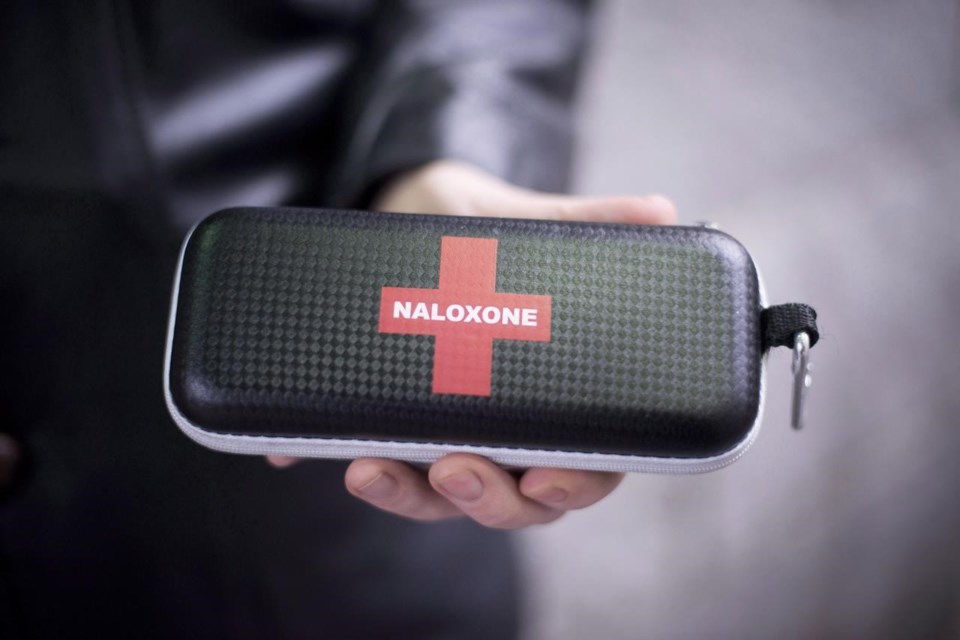EDMONTON — Kristin Voss-Dahl was going to an Edmonton Oilers hockey game with her friends downtown when she came across a person lying unresponsive in a parking lot.
"Luckily, my friend had a naloxone kit in the vehicle," she says of the drug used to reverse opioid overdoses.
"We administered it and the person was able to wake up before the ambulance arrived."
Voss-Dahl, a licensed practical nurse with Boyle Street Community Services in Edmonton, says she comes across people overdosing "all the time" when she's downtown for events on weekends.
She says while there are multiple factors fuelling the opioid crisis in the provincial capital, a rise in homelessness has made it more visible.
More than 3,000 people were experiencing homelessness as of the first week of August — 42 per cent higher than August 2021, says Homeward Trust Edmonton, which co-ordinates the response to homelessness in the city.
Boyle Street's overdose prevention team responded to at least 13 drug poisonings during the first week of August, Voss-Dahl says, adding the crisis has "ramped up a lot."
For anyone stumbling upon a person passed out on the street, the immediate response should be to check on them, Voss-Dahl says.
"If you see somebody who you think could be sleeping or experiencing opioid poisoning or a medical emergency, just check on them," she says.
"It never hurts."
If the person fails to respond, she suggests calling emergency services.
Edmonton police Chief Dale McFee agrees that's the best response. He recalls a night he was out for dinner during his off hours and came across a man overdosing.
He said police officers soon responded and gave multiple doses of naloxone to revive the man.
"It's daily for us," McFee says
"You just can't leave a person. The first thing is to call somebody."
He says the second thing would be to administer naloxone if you happen to be carrying it, but to be aware of your surroundings and the potential for violence.
"The difference is when a person is revived, some come out of the (overdose) with an adverse, violent reaction," he said. "You need to be aware of that.
"It is the new reality where we live in and it's not just an Edmonton thing."
Voss-Dahl says there could be reasons other than opioids that a person is passed out by the road, including heatstroke, exhaustion or alcohol.
"It doesn't always necessarily have to be opioid poisoning," she says.
The signs of an overdose could be pale or blue skin tone, grey or blue lips, shallow or slow breathing and being unresponsive to pain. The person may appear limp and could be lying down or crouched.
Other times, Voss-Dahl says, if a person is responding and not in a medical emergency and doesn't want emergency help for the signs of distress, it is still important to reach the non-emergency service line at 211.
"That is a person that has a family or has people that care for them," she says. "It is really important and you don't want to lose your compassion."
This report by The Canadian Press was first published Aug. 12, 2023.
Ritika Dubey, The Canadian Press



